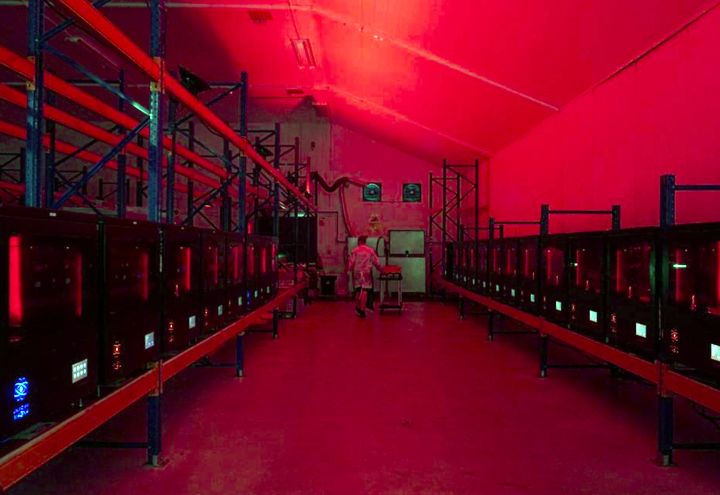
After seeing 3D printer companies make fundamental transformations in their business models, I’m wondering if this is a trend.
3D Printing in the Pandemic
The COVID-19 crisis has affected everyone, everywhere in some way. Mostly (and most obviously) negatively, but there has been some bright side to see. We’re fortunate in the 3D printing world that most news seems to be positive, as the world has now recognized that the technology is indeed suitable for large-scale production — often at a moment’s notice, unlike traditional manufacturing.
That discovery seems to be having an effect on 3D printing companies in a way I didn’t expect. One company at the forefront of this transformation is Photocentric, a UK-based firm that originally (and still does) manufacture photopolymer resin used in SLA 3D printers worldwide. A few years ago they added some 3D printers to their product lineup, perhaps in an attempt to build demand for their resin products.
But then the crisis occurred.
Like many 3D printer companies, Photocentric turned their operations upside down and did what they could to support virus-combatting efforts. In their case they were able to re-purpose a number of their large-format SLA 3D printers to begin production of PPE for use by frontline workers.
This temporary move was of unexpected value to Photocentric as they were suddenly “their own customer”, and thus were able to experience their own equipment in a way they never had done before. They have been taking notes and no doubt some interesting improvements will appear in future machine releases from the company.
But then they announced they’ve signed a huge contract with the UK government to manufacture PPE for frontline healthcare staff. The contract requires delivery of at least 7.6M face shields. That should be quite doable even with such a large quantity required, as the company has reworked their 3D printer farm to enable production of up to 500,000 parts PER DAY if required.
Photocentric says:
“Photocentric’s Peterborough-based warehouse has been transformed into a streamlined productions process, where a print farm of over 30 new large-format printers operate 24/7. Commercially the largest LCD printer available, Magna’s large build volume and rapid print speeds enable the production of 135 shield parts per printer every hour, 50 minutes. The reliable workhorse for plastic manufacture time and time again, is making thousands of items and demonstrating the long-life of LCD screens. The current operation is producing 15,000 components a day.”
Photocentric has plans to upgrade the farm to “over 100” 3D printers in a few months, which should allow them to meet production capacity requirements. They also will require “at least 60 new staff members”.
Good news, indeed!
3D Printer Company Transformation
So it seems that Photocentric has actually transformed into a general-purpose manufacturer from a maker of 3D printers and resin. That’s significant, as it may indicate a path that could be followed by other 3D printer manufacturers.
Let’s think about how this may play out. If Photocentric spends the cash to build out their manufacturing platform and even hires boatloads of new staff, wouldn’t you think they would want to leverage that asset in the future?
In other words, when the government contract ends, they’ll surely have made arrangements to manufacture something else for another party. In fact, it would be a good idea to assign someone to develop a manufacturing market for their new factory. I suspect this factory will be a permanent fixture at Photocentric.
For other 3D printer manufacturers, this could be a sign of things to come. Diversification of income is always a good thing, as it de-risks the operation. In this case, 3D printers being manufactured but not sold due to the crisis were redirected to become a factory on site. Suddenly Photocentric has yet another line of business.
Other manufacturers of 3D printers could do the same: set up a manufacturing line to take advantage of the supply chain disruptions and inevitable re-engineering of those chains to use more local providers. This also provides an outlet to smooth out varying demand for 3D printer purchases, as unsold gear can easily be added to the factory.
The added revenue from an on-site factory could boost financial prospects for a 3D printer manufacturer, making them more powerful in general. And that means every other 3D printer manufacturer will have to do something similar to keep up.
I think things just changed in 3D printer manufacturing.
Via Photocentric
